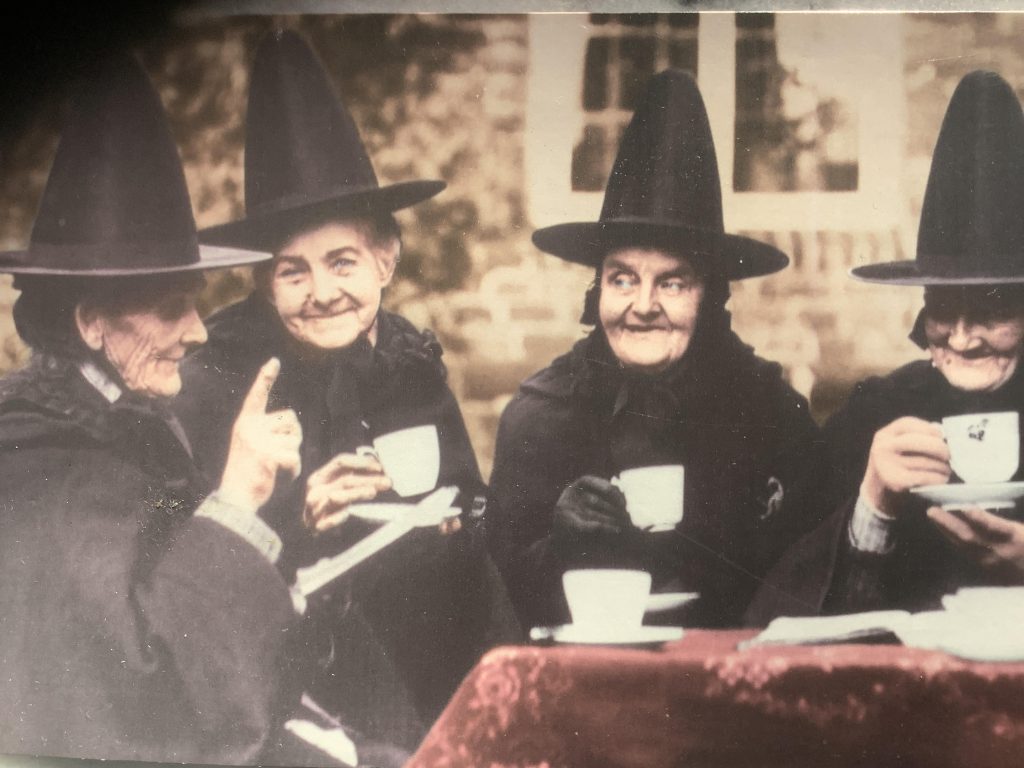
October 31st is All Hallows’ Eve. How could I resist writing about witches, my favourite symbol of Hallowe’en?
A dark, violent history was the lot for many thousands of women who were condemned as witches over the centuries. Today, the rise of the feminine is countering the dominant negative stereotypes that have endured since then.
I have noticed an increase lately in the number of novels on bookstore shelves that have some form of the word Witch in the titles. Witching and witchery titles usually get a closer. A recent novel by author Bianca Marais included this epigraph on the cover: ‘Why were we taught to fear witches and not the men who burned them?’
This reminded me of the unforgettable publication, Malleus Maleficarum, an 82,000-word how-to manual for identifying and punishing anyone suspected of heresy against the Church. The English translation is The Hammer For Witches, and it was published in 1486. The fifteenth century saw the development of the printing press and it was shocking to me that this manual should be one of the first books to be printed and distributed on a mass scale.
The Malleus Maleficarum clearly and repeatedly claims that women were most likely to participate in witchcraft or sorcery due to qualities that ‘ALL and ONLY women have’.
Wikepedia reports ‘the Malleus Maleficarum guided the torture and death of witches for three centuries. Witch hunting was undeniably sponsored by both Protestant and Catholic governments. Witches became heretics to Christianity and witchcraft became the greatest of crimes and sins’.
During less misogynistic times, witches were revered healers, midwives and advisors but as societies became more patriarchal, witches became associated with evil and harm. They were seen as the last vestiges of pagan beliefs and practices and therefore a threat to the Church’s rule.
From the fifteenth to the eighteenth century in Europe, anything that made a person stand out from the rigid societal norms of the time could raise suspicions of being a witch; having a mental illness, growing medicinal herbs, having a strange birthmark or physical irregularity. Foremost what drew suspicions was being female. Especially if you were elderly, a land owner, unmarried or spent too much time in the company of other women.
Female sexuality was feared and therefore suppressed. This seems obvious but also quite complex.
For more than the past century as women worked toward equal rights, I believe they began to see witches as symbols of resistance and strength. Author Tish Thawer’s 2015 novel, The Witches of BlackBrook, includes the phrase ‘We are the granddaughters of the witches you weren’t able to burn’. The phrase has become a slogan in current fights for gender identity, political influence, environmental protection and other struggles.
Challenging the patriarchy can, in a very small way, vindicate those who were persecuted for being female.
Women carry out small acts of defiance every day, singularly and together, for family, friends and community. May we be inspired to ensure the world has a better balance of female energy, intuition and power.